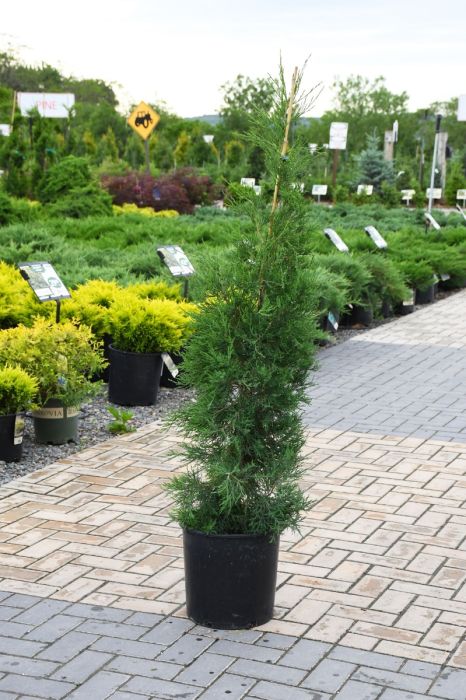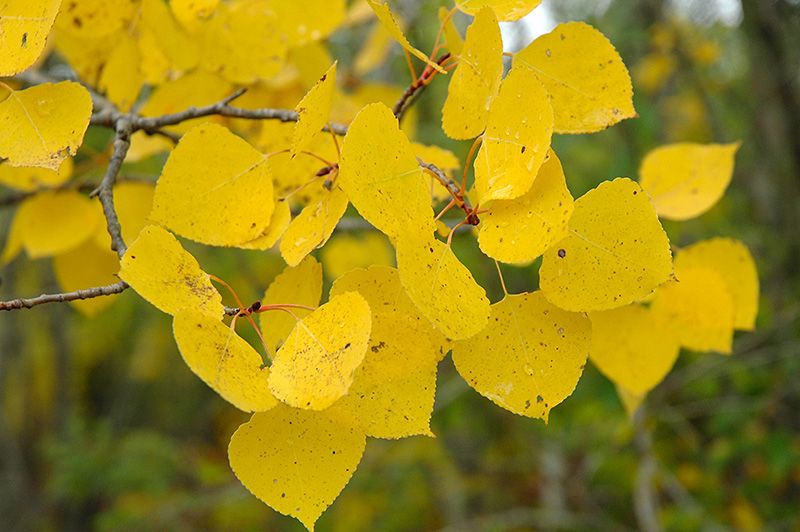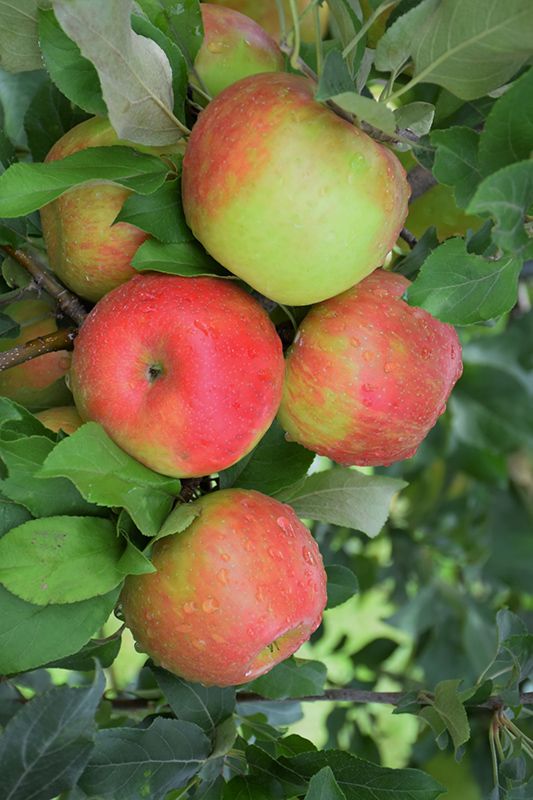Juniperus, Virginian Juniper 'Taylor'



- Sun Preference
- Full-Sun
Description
Narrow, upright juniper with attractive grayish-green foliage, winter foliage is bronze green. Excellent as a specimen, accent, hedge, or screen.
Minnesota's Largest Selection of Trees
At Minnesota's Destination Garden Center, we offer a diverse range of trees to suit any landscaping need. Whether you're looking for shade trees to cool your home or ornamental trees to add beauty and interest, you'll find the perfect tree at Gertens. Our knowledgeable staff can help you select the right tree for your space and provide tips for care and maintenance. Visit Gertens today and explore the unmatched variety of trees to enhance your outdoor environment!
Details
Height: 25 feet
Spread: 4 feet
Sunlight: ![]()
Hardiness Zone: 4a
Description:
When you just have to have that exclamation point in your landscape, this is it - a pencil-thin columnar evergreen with grayish-green foliage held in a distinctive way; best used with a specific purpose or design in mind, can be used as a formal hedge
Ornamental Features
Taylor Juniper has attractive grayish green foliage. The scale-like leaves are highly ornamental and remain grayish green throughout the winter. Neither the flowers nor the fruit are ornamentally significant.
Landscape Attributes
Taylor Juniper is a multi-stemmed evergreen tree with a narrowly upright and columnar growth habit. It lends an extremely fine and delicate texture to the landscape composition which can make it a great accent feature on this basis alone.
This is a high maintenance tree that will require regular care and upkeep, and is best pruned in late winter once the threat of extreme cold has passed. Deer don't particularly care for this plant and will usually leave it alone in favor of tastier treats. It has no significant negative characteristics.
Taylor Juniper is recommended for the following landscape applications;
- Accent
- Vertical Accent
- Hedges/Screening
- General Garden Use
Planting & Growing
Taylor Juniper will grow to be about 25 feet tall at maturity, with a spread of 4 feet. It has a low canopy, and is suitable for planting under power lines. It grows at a medium rate, and under ideal conditions can be expected to live for 70 years or more.
This tree should only be grown in full sunlight. It is very adaptable to both dry and moist growing conditions, but will not tolerate any standing water. It is not particular as to soil type or pH. It is highly tolerant of urban pollution and will even thrive in inner city environments. This is a selection of a native North American species.
| SKU | Container Size |
| E0998 | #5 Container (5 Gallon) |
| E0998.3 | #6 Container (6 Gallon) |
| E0998.6 | #10 Container (10 Gallon) |
| E0999 | #15 Container (15 Gallon) |
* Not all container sizes may be available at this time. See store for details on specific container size availability.
Taylor Juniper | Juniperus virginiana 'Taylor'
Height: 25 feet
Spread: 4 feet
Sunlight: full sun
Hardiness Zone: 4a
Brand: Gertens
Description:
When you just have to have that exclamation point in your landscape, this is it - a pencil-thin columnar evergreen with grayish-green foliage held in a distinctive way; best used with a specific purpose or design in mind, can be used as a formal hedge
Ornamental Features
Taylor Juniper is primarily valued in the landscape for its rigidly columnar form. It has attractive grayish green evergreen foliage. The scale-like sprays of foliage are highly ornamental and remain grayish green throughout the winter.
Landscape Attributes
Taylor Juniper is a multi-stemmed evergreen tree with a narrowly upright and columnar growth habit. It lends an extremely fine and delicate texture to the landscape composition which can make it a great accent feature on this basis alone.
This is a high maintenance tree that will require regular care and upkeep, and is best pruned in late winter once the threat of extreme cold has passed. Deer don't particularly care for this plant and will usually leave it alone in favor of tastier treats. It has no significant negative characteristics.
Taylor Juniper is recommended for the following landscape applications;
- Accent
- Vertical Accent
- Hedges/Screening
- General Garden Use
- Planting & Growing
Taylor Juniper will grow to be about 25 feet tall at maturity, with a spread of 4 feet. It has a low canopy, and is suitable for planting under power lines. It grows at a medium rate, and under ideal conditions can be expected to live for 70 years or more.
This tree should only be grown in full sunlight. It is very adaptable to both dry and moist growing conditions, but will not tolerate any standing water. It is not particular as to soil type or pH. It is highly tolerant of urban pollution and will even thrive in inner city environments. This is a selection of a native North American species.
More Information
| Gerten Grown Plants | Gerten Grown Plants |
|---|---|
| Available for Pre-Order | No |
| Tree Type | Evergreen |
| Sun Preference | Full-Sun |
| Mature Height (Range) | 15 - 25 feet |
| USDA Hardiness Zone | 4, 5, 6, 7, 8 |
| Common Family Name | Juniper |






